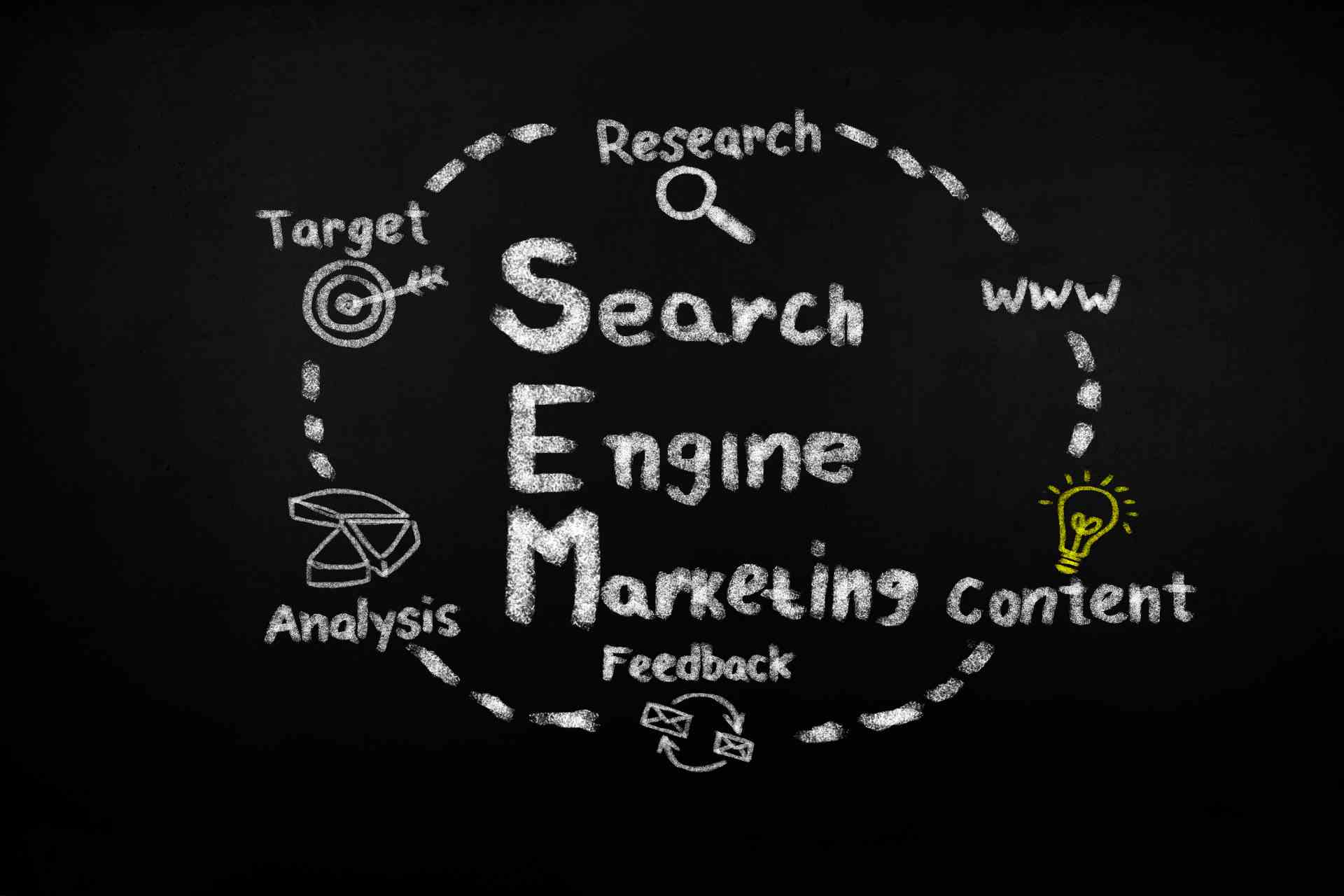
Table of contents:
1. An overview of SEM’s importance in the automotive industry
2. Understanding SEM in the Automotive Industry
3. Foundations of Bidding Strategies
4. Advanced Bidding Strategies: An Overview
5. Introduction to Advanced Bidding Strategies
6. Smart Bidding in Google Ads
7. Bid adjustments and audience segmentation
8. Geographic and Device Targeting
9. Adjusting Bids for Seasonal Trends in the Automotive Industry
10. Performance Monitoring and Adjustment
11. A Unified Digital Marketing Strategy Is Essential
12. Conclusion
In the digital fast lanes of today’s marketing world, where every click could lead to a significant sale, mastering the art of Search Engine Marketing (SEM) is more crucial than ever for automotive businesses. But what happens when traditional bidding strategies start to lose their horsepower? This is where advanced bidding strategies come into play, turbocharging your SEM campaigns and steering them toward unprecedented success.
An overview of SEM’s importance in the automotive industry
Search Engine Marketing has transformed into the backbone of digital advertising for the automotive sector. With consumers increasingly starting their car-buying journey online, a well-optimized SEM strategy can significantly enhance visibility and drive targeted traffic to your dealership’s website. The Evolution of Bidding Strategies in SEM
Bidding strategies have undergone a significant evolution, from simple cost-per-click models to more sophisticated approaches that consider various factors like the likelihood of conversion and the value of the user’s action.
Understanding SEM in the Automotive Industry
The Role of SEM in Automotive Marketing
SEM acts as a powerful tool for automotive marketers, enabling precise targeting and immediate visibility in search engine results—essential in a competitive marketplace.
Key Challenges for Automotive SEM Campaigns
Navigating the SEM landscape presents several challenges, including managing costs while maximizing returns and adapting to the fast-paced changes in search engine algorithms.
Foundations of Bidding Strategies
Overview of Bidding in SEM
The purpose of bidding in SEM is primarily to determine how much an advertiser is willing to pay for a click on their ad. It’s a delicate balance of spending and saving, aiming for the optimal cost-per-acquisition. Common Bidding Strategies Used in SEM
Most businesses start with basic strategies like cost-per-click (CPC) or cost-per-impression (CPM). As a result of these foundational strategies, more advanced techniques can be implemented to drive efficiency and effectiveness.
Advanced Bidding Strategies: An Overview
Introduction to Advanced Bidding Strategies
As the landscape becomes more competitive, advertisers must adopt more complex bidding strategies designed to outperform standard methods, focusing on conversion rates and the value each click brings.
The Significance of Advanced Bidding in Improving Ad Performance and ROI
Advanced bidding strategies leverage data and machine learning to predict and capitalize on the most profitable opportunities, thus enhancing both ad performance and return on investment.
Smart Bidding in Google Ads
Explaining Smart Bidding and Its Relevance to Automotive SEM
In Google Ads, Smart Bidding optimizes your bids for each auction using machine learning. This is ideal for automotive marketers looking to automate their bidding process while focusing on conversion value. There are four types of smart bidding strategies: Target CPA, Target ROAS, Maximize Conversions, and Enhanced CPC.
Various goals are achieved by these strategies, such as maximizing conversions or achieving a specific return on ad spend (ROAS). The implementation of machine learning and artificial intelligence in bidding
Using AI and machine learning to optimize bids
AI and machine learning go beyond manual bidding by analyzing vast amounts of data to forecast performance and adjust bids automatically.
Success Stories in the Automotive Industry
Several automotive companies have successfully implemented AI-powered bidding strategies, witnessing substantial improvements in campaign performance and cost efficiency.
Bid adjustments and audience segmentation
A better understanding of audience segmentation
In order to tailor bidding strategies effectively, audience segmentation involves categorizing potential customers based on characteristics like behavior and demographics.
Different Audience Segments and Bid Adjustments
Bid adjustments allow advertisers to increase or decrease their bids based on how valuable a particular audience segment is, optimizing the spending for maximum impact.
Geographic and Device Targeting
Strategies for Geo-Targeting and Localizing Ads
Geo-targeting enables automotive businesses to customize their SEM campaigns based on the geographic location of their potential customers, enhancing relevance and effectiveness. Device Targeting and Bid Adjustments for Mobile vs. Desktop
In order to effectively capture the mobile-first audience, bids for mobile users must be adjusted differently from bids for desktop users. Seasonal and Time-of-Day Adjustments
Adjusting Bids for Seasonal Trends in the Automotive Industry
Seasonal trends significantly impact consumer behavior in the automotive industry, making it essential to adjust bids during high-demand periods like holidays or model release dates.
Dayparting Strategies for SEM Campaigns
Dayparting involves modifying bids based on the time of day or day of the week to capture potential customers when they are most likely to convert.
Performance Monitoring and Adjustment
Key Metrics to Monitor for Automotive SEM
As part of SEM, click-through rate (CTR), conversion rate, and cost per acquisition (CPA) are three key performance indicators.
Adapting your strategies based on performance data
Maintaining alignment with business objectives and market conditions requires regular monitoring of campaign performance and data-driven adjustments. Including SEM in other digital marketing efforts
A Unified Digital Marketing Strategy Is Essential
When SEM is integrated with other digital marketing channels, such as social media and email marketing, an overall marketing strategy is more cohesive and effective.
The following are some examples of how SEM can be integrated with email marketing, social media, and other channels
Successful integration involves using insights from SEM campaigns to inform strategies in other channels, creating a synergistic effect that enhances the reach and impact of all marketing efforts.
Conclusion
The goal of automotive SEM isn’t just to stay ahead of the curve; it’s to lead the field. Digital marketing must evolve as technology advances. Using sophisticated bidding techniques, automotive businesses can improve their marketing effectiveness and ROI.
Do you have more questions about Automotive Search Engine Marketing To learn more, visit our blog section. Contact our support team via email at marketing@goautomotivemarketing or call 1 (470) 791-9755 to clarify your doubts. Contact the GoAutomotive Marketing Expert Support Team for assistance.



